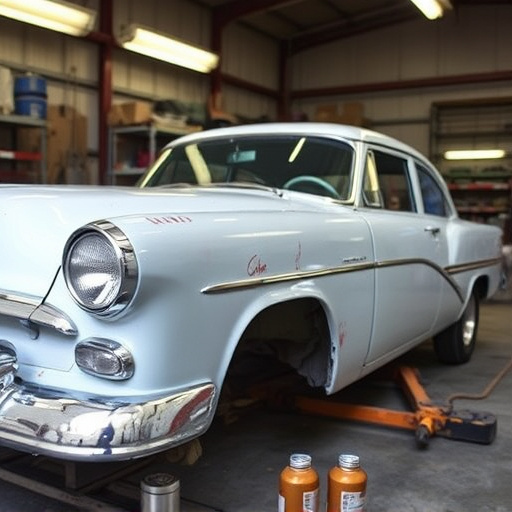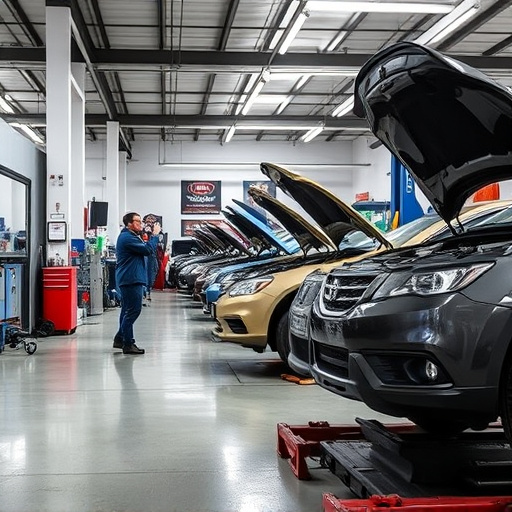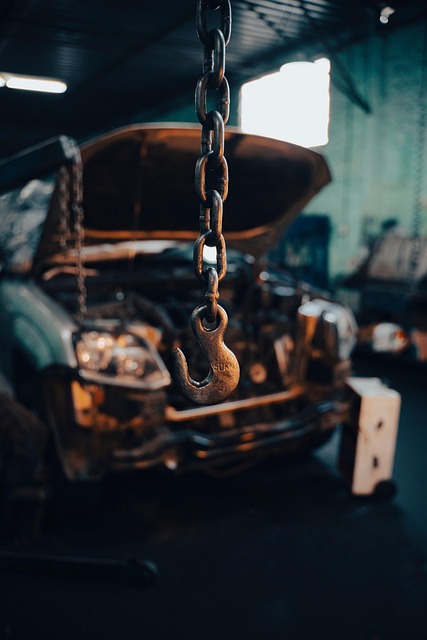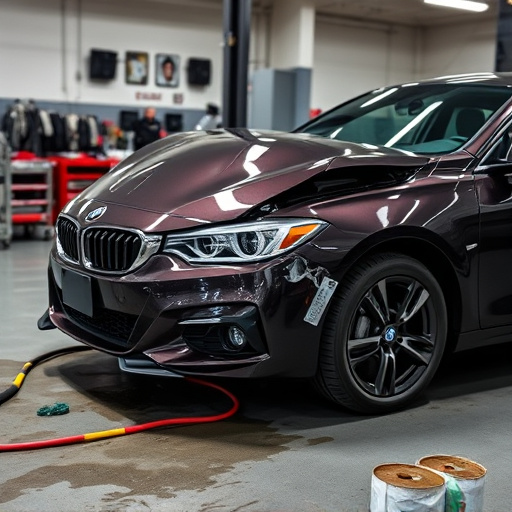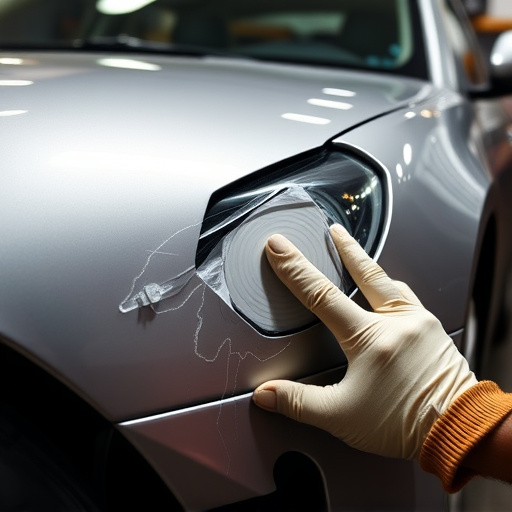The repair authorization service is an essential tool for automotive businesses, streamlining operations, ensuring compliance with manufacturer standards, tracking authorizations, and monitoring job progress from bumper repairs to Mercedes-Benz services. By implementing best practices, workshops can save time, reduce errors, enhance customer trust and retention, and maintain their reputation in a competitive market. This involves staff training that combines theoretical knowledge and practical application, standardized procedures for efficient approval processes, and continuous learning to stay updated on regulations and technologies.
In today’s competitive market, a well-managed repair authorization service (RAS) is pivotal for efficient operations. This article delves into the critical role of RAS in streamlining workflows and enhancing customer satisfaction. We explore training strategies to equip staff with the skills needed to handle authorizations effectively. By implementing best practices, organizations can ensure long-term success, reduce errors, and foster a robust, competent team capable of navigating complex repair authorization processes.
- Understanding the Repair Authorization Service: A Key Component in Efficient Operations
- Training Strategies for Staff: Techniques to Enhance Competence and Accuracy
- Implementing Best Practices: Ensuring Long-term Success and Customer Satisfaction
Understanding the Repair Authorization Service: A Key Component in Efficient Operations

The repair authorization service is a critical component in streamlining operations for any automotive business. It serves as the backbone for managing and regulating vehicle repair processes, ensuring that every job is handled efficiently and according to established guidelines. This service is pivotal in maintaining customer satisfaction and the overall reputation of the workshop or dealership. By implementing a robust system, businesses can effectively track authorizations, monitor job progress, and ensure compliance with manufacturer standards.
For instance, consider scenarios such as bumper repair, car dent repair, or Mercedes-Benz repair—each requires specific authorization protocols to manage parts replacement, labor costs, and warranty considerations. A well-organized repair authorization service facilitates these processes, enabling staff to quickly access historical data, compare repair estimates, and make informed decisions. This not only saves time but also minimizes errors, leading to higher levels of customer trust and retention.
Training Strategies for Staff: Techniques to Enhance Competence and Accuracy

Training staff to manage a repair authorization service effectively requires a multi-faceted approach that combines theoretical knowledge with practical application. Start by providing comprehensive training programs that cover all aspects of the repair authorization service, from understanding insurance policies and legal requirements to mastering the internal systems used for processing authorizations. Interactive workshops, case studies, and role-playing exercises can significantly enhance staff competence and accuracy.
Incorporate regular simulations involving various scenarios, such as assessing damage in auto frame repair or determining coverage for auto glass repair. This ensures that employees are well-prepared to handle real-world challenges. Additionally, offer ongoing mentoring and coaching sessions where experienced staff can guide new hires, fostering a culture of continuous learning. By emphasizing precision and attention to detail, you empower your team to make informed decisions, reduce errors, and ultimately improve customer satisfaction in auto detailing services.
Implementing Best Practices: Ensuring Long-term Success and Customer Satisfaction

Implementing best practices is a cornerstone for managing a successful repair authorization service, ensuring long-term sustainability and elevated customer satisfaction. It involves establishing standardized procedures that streamline the approval process, reduce errors, and enhance efficiency across all departments. By adhering to industry-proven methods, staff can effectively navigate complex insurance policies, accurately assess damage, and make informed decisions. This not only minimizes disputes with insurers but also fosters a positive reputation for the auto body shop.
Moreover, best practices encompass training programs tailored to staff roles, from estimators to service advisers. Regular updates on regulations, new technologies in car body repair, and trends in auto painting ensure that team members remain adept at their tasks. This continuous learning environment promotes adaptability and enables them to provide current and accurate information to customers, ultimately strengthening trust and loyalty.
Training staff to manage a repair authorization service is a strategic move towards streamlining operations and enhancing customer satisfaction. By understanding the nuances of this key component, implementing effective training strategies, and adhering to best practices, businesses can ensure their teams are equipped to process authorizations accurately and efficiently. This, in turn, leads to reduced wait times, increased transparency, and improved overall service quality, fostering a positive customer experience and building long-term brand loyalty.

